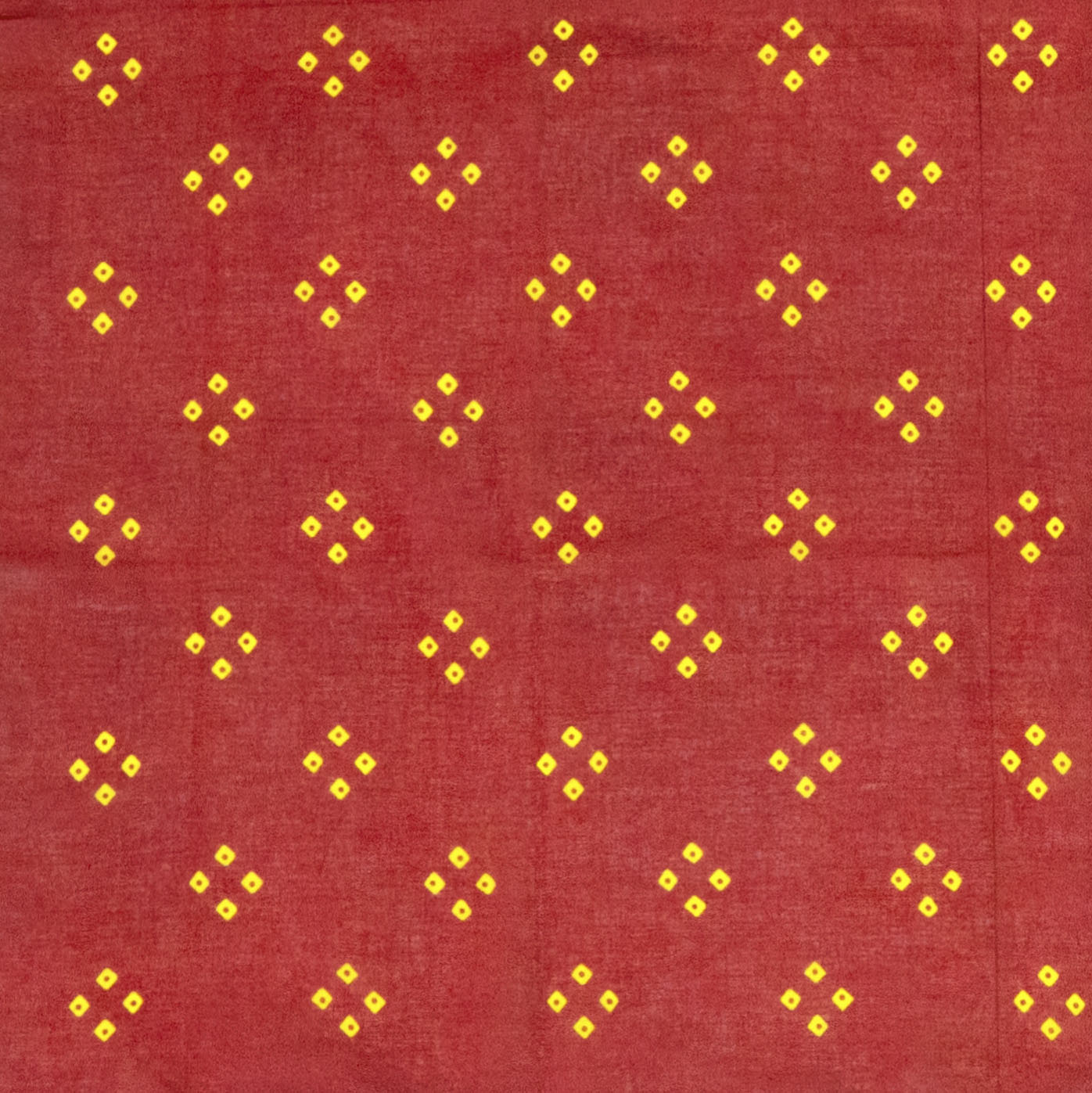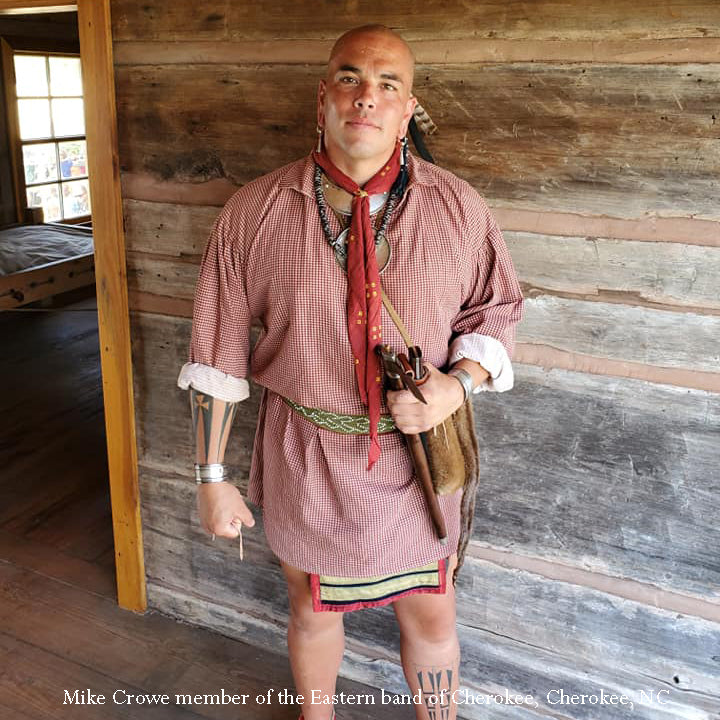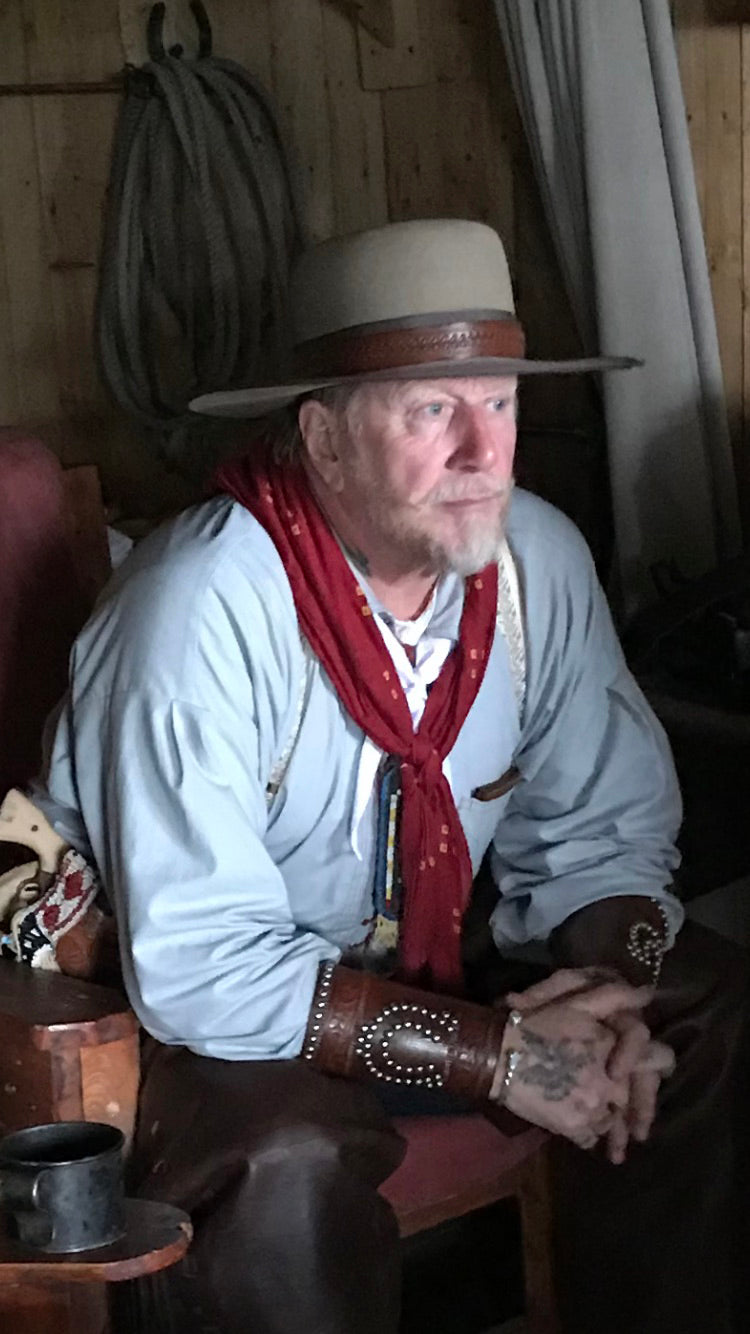Red & Yellow "Spot'd" Handkerchief
$28.00
HAN39R
“Spotted” Handkerchiefs, such as this Red & Yellow "Spot'd" Handkerchief, appear frequently through out the 18th and into the 19th c. They are described in shop advertisements, runaway ads and featured in genre paintings. Originally made by “tie & dye” method in India, English printers & dyers sought to duplicate the popular style which made for lively patterns at minimal cost. Two color "spot'd" handkerchiefs were achieved through first dying the handkerchief and then using blocks they would use a paste or wax to create the resist design mimicking the original tie and dye and dye once again.
This Red & Yellow "Spot'd" Handkerchief is based on original examples and a number of contemporary paintings such as "Watson & the Shark" by Copley, the detail of this portrait of Timothy Swan from 1795, and many contemporary written descriptions.
Our Red & Yellow "Spot'd" Handkerchief:
- Measures approximately 36 inches square.
- 100% hand loomed cotton mull.
- Hand printed and hand finished.
- About Our Handkerchiefs
Please select all options.






